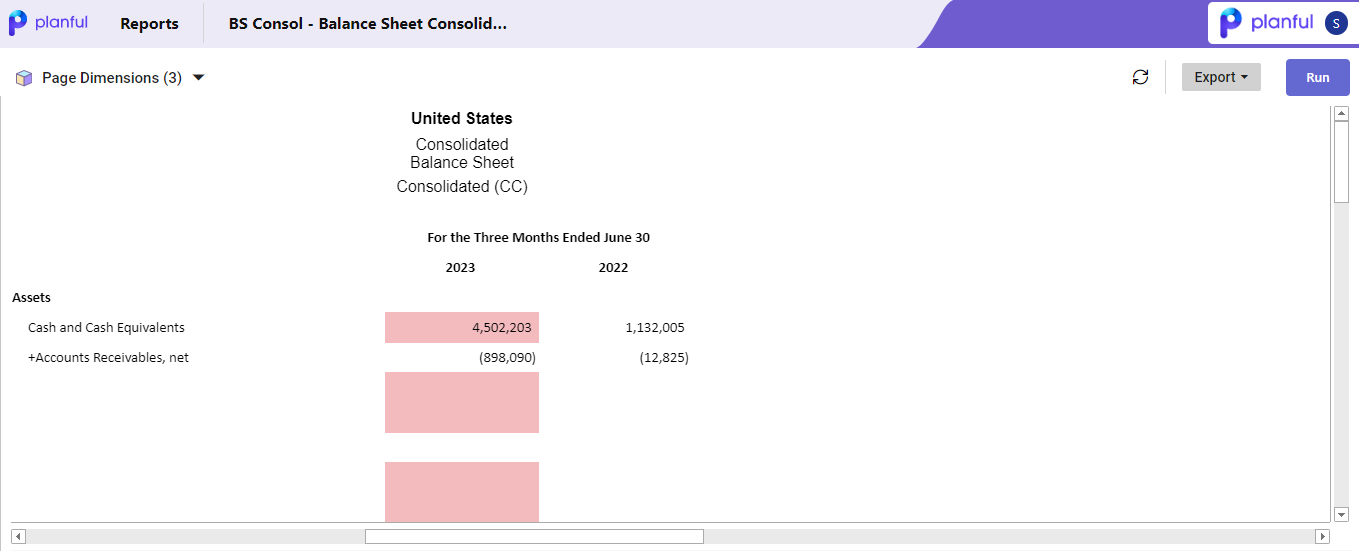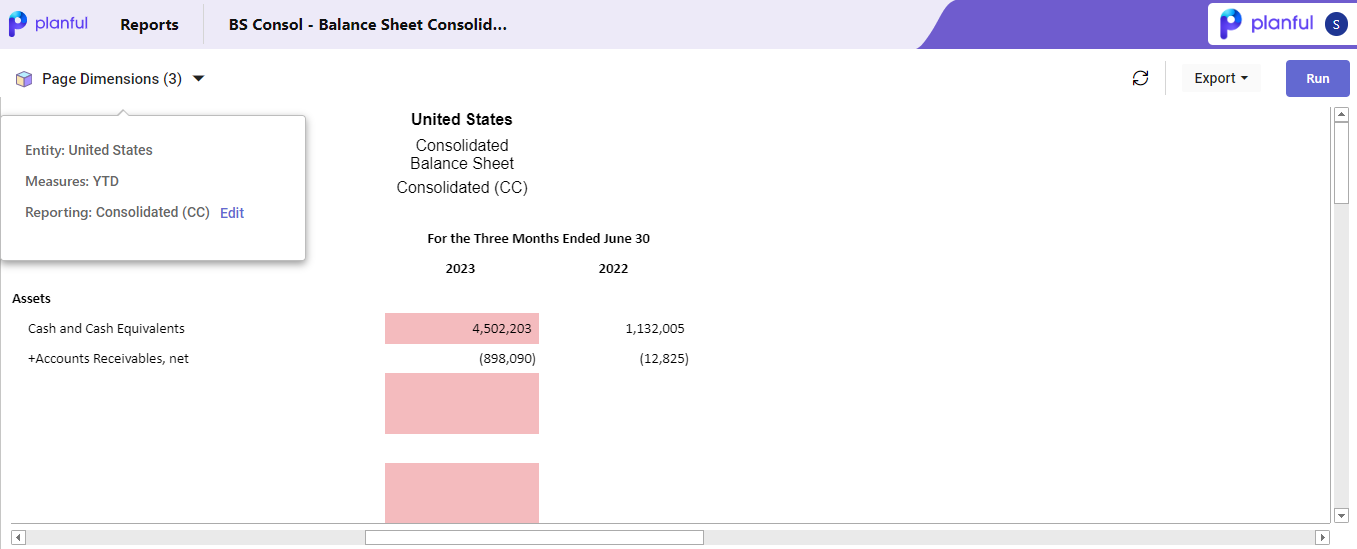- 5 Minutes to read
- Print
- DarkLight
- PDF
22.10 Release Notes
- 5 Minutes to read
- Print
- DarkLight
- PDF
Structured Planning: Planning Templates get Comments On by Default
With this release, the comments feature is always On in planning templates for all the application users. The application marks the cells with comments for easy reference. You can turn off the comments from the drop-down menu if needed. For more information related to Dynamic Commentary for Planning Templates, click here.
Structured Planning: Scenario Reference removed from Data Load Rules
With this release, the Scenario Reference is no longer a part of the Data Load Rules. Previously, you could choose a Scenario Reference load file consisting of existing employee data in the application such as Employee Name, Employee type, Home Budget entity, Position Budget Entity, Account, and so on.
The following is the illustration of the updated screen.
.png)
In some cases, the data in the existing Scenario was wrongly mapped to data in the Data Load file, leading to incorrect or missing data in the Employee Actuals data.
In the updated Data Load Rule screen, you must ensure that the data load file consists of all the required employee entity data before loading the employee actuals.
Suppose the load file consists of only one entity value, Home Budget Entity or Position Budget Entity. In that case, you can Copy over the missing entity from the Entity drop-down list instead of revisiting the file to enter the missing value. This change will eliminate any possibility of discrepancies in the Employee's Actual data.
Platform: Improvements in the Ivy Framework
You can expect the following improvements in how the application honors the user-provided opening balance with Ivy On.
- In the Actual scenario, if the fiscal year has empty locked periods in the beginning, the application will consider the user-provided opening balance for the first open period in GL for all account types.
- The application will honor the user-provided opening balance for the missing periods at the beginning for all scenarios (Actual and Non-Actual) in GL.
- If a load file in the data load has multiple years with the user-provided opening balance for each fiscal year, the application will honor the user-provided opening balance only for the least fiscal year.
Platform: Additional Load Types Support via REST APIs
With this release, the following additional load types are supported through REST APIs:
- Entity Hierarchy
- Segment Hierarchy
Budget Manager Experience: New Message Feature
With this release, you can customize the content of the email that is sent to the budget managers when the finance teams share a template with them. You can use this feature to convey any additional information or instructions needed to review or edit the shared template with the managers in a single email.
The Add a Message section pre-populates the email content. You can either change the entire email content or add additional information to the existing content.
In Practice: Accessing Add a Message section
- From the application's home page, navigate to the Planning Control Panel screen.
- Select a budget entity from the left pane.
- Select a template from the middle pane, and click Share. The Share Template screen appears.
- Expand the Add a Message to customize the email text.
- Add relevant information and click Send Email.
Budget Manager Experience: Enhancements in the Menu Bar
We have made some enhancements to the top menu of Budget Manager Experience, and you can now use the menu options more effectively. Following is the list of updates:
- When you open a report, you can access the dimensions of the report from the Page Dimensions drop-down.
- If a report dimension has multiple artifacts, you can edit that dimension using the Edit option available next to it.
- If you share a template view with any budget manager, the application will display the name of the view in Finance templates.
Budget Manager Experience: Dynamic Commentary in Templates and Reports
With this release, the budget managers can collaborate with finance teams or other budget managers using the new Comments feature. Budget managers can post comments on any shared template or report and tag other users in the comment. The tagged user will get an email notification with a link that will redirect them to the respective template or report.
In Practice: Accessing the Comments feature
- Select the required cell on which you want to post a comment and right-click on it.
- Choose the Comments option to post a comment.
Platform: Deprecating the Left Mask
With this release, the top banner of the application will no longer have a left-mask section. Instead, we have extended the banner image to the left, and the customized logo will appear beside your profile avatar. You can set the logo from Maintenance > Admin > Customize Branding.
The following is an illustration of the updated Personalize Banner screen.
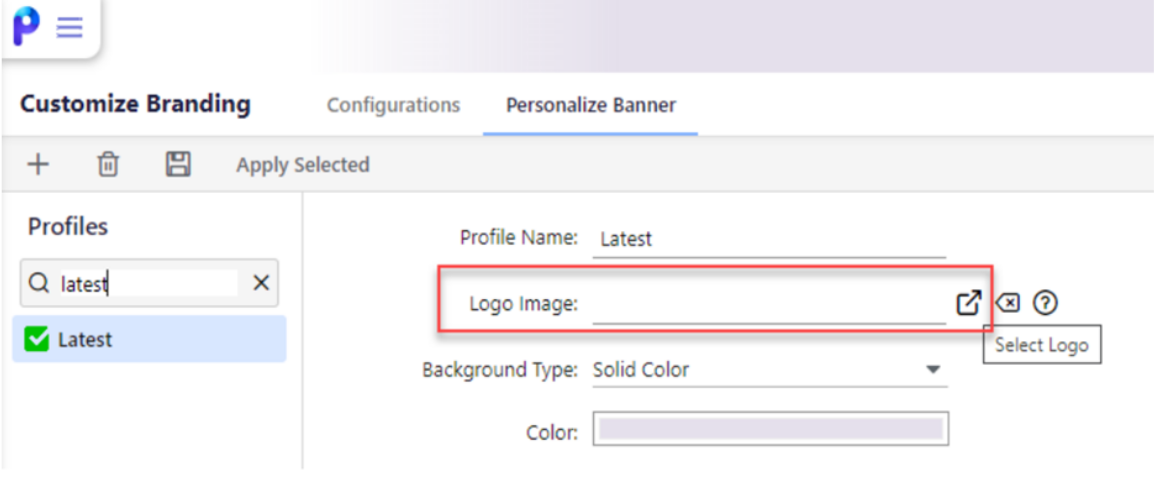
The following is an illustration of the previous Personalize Banner screen.
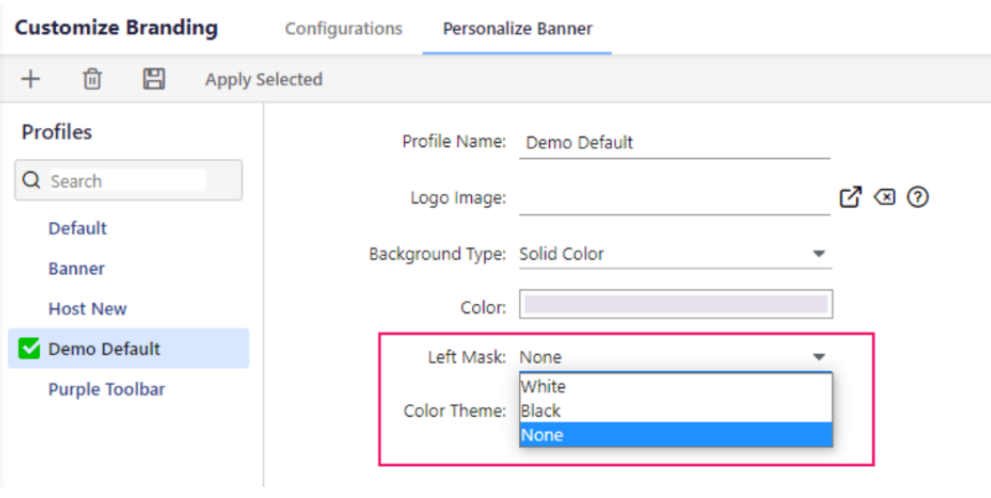
The following is an illustration of the old and new versions of the appearance of the customized logo.

Predict: Introduced Signals Menu in Dynamic Reports
With this release, we have introduced the Predict: Signals drop-down menu, which contains the following new options: Signals for All Lines and Signals for Selected Line(s), to generate Signals on supported reports.
Signals for All Lines generates signals instantly for smaller reports of up to 50 lines. If the report's size exceeds the maximum limit of 50 lines, you can to check signals using the Signals for Selected Line(s) option.
Signals for Selected Line(s) also allows you to check signals for the GL combinations that are more appropriate for Predict use cases.
The following is an illustration of the updated screen.

Predict: Introduced Resolve Signals in Planning Templates
With this release, you can resolve signals for single or multiple cells in templates. Resolving signals permanently unflags the cells with the specified GL combination(s) and value(s).
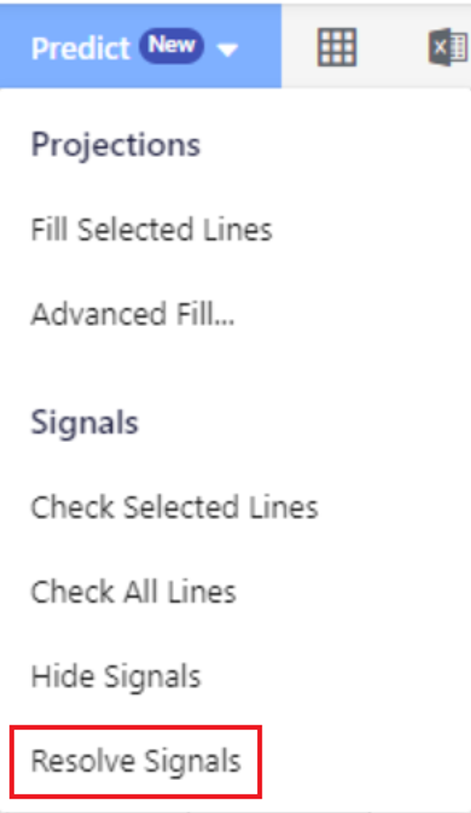
The following is an illustration of the Resolve Signals pane.
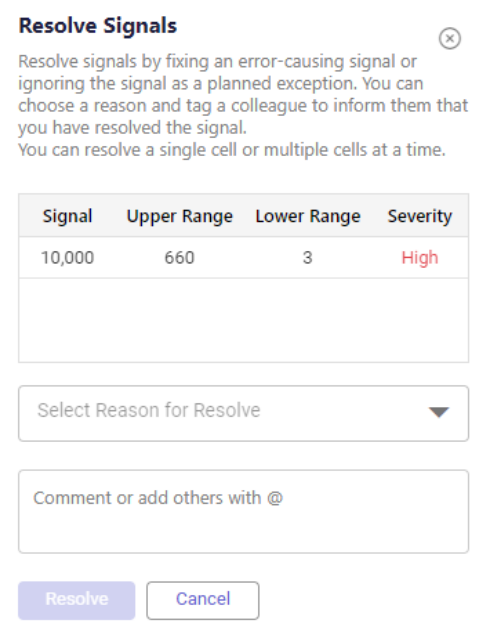
You can select the reason for resolution from a list of pre-existing options. If you resolve multiple signals simultaneously, the same reason will be applied to all.
The following is an illustration of the list of reasons available to mark a signal or multiple signals as resolved.

The resolved signal will now appear as a comment in the report. The comment will display the original cell value, the reason for resolving the signal, and any additional information provided while resolving the signal.
The following is an illustration of the comment.



.PNG)
